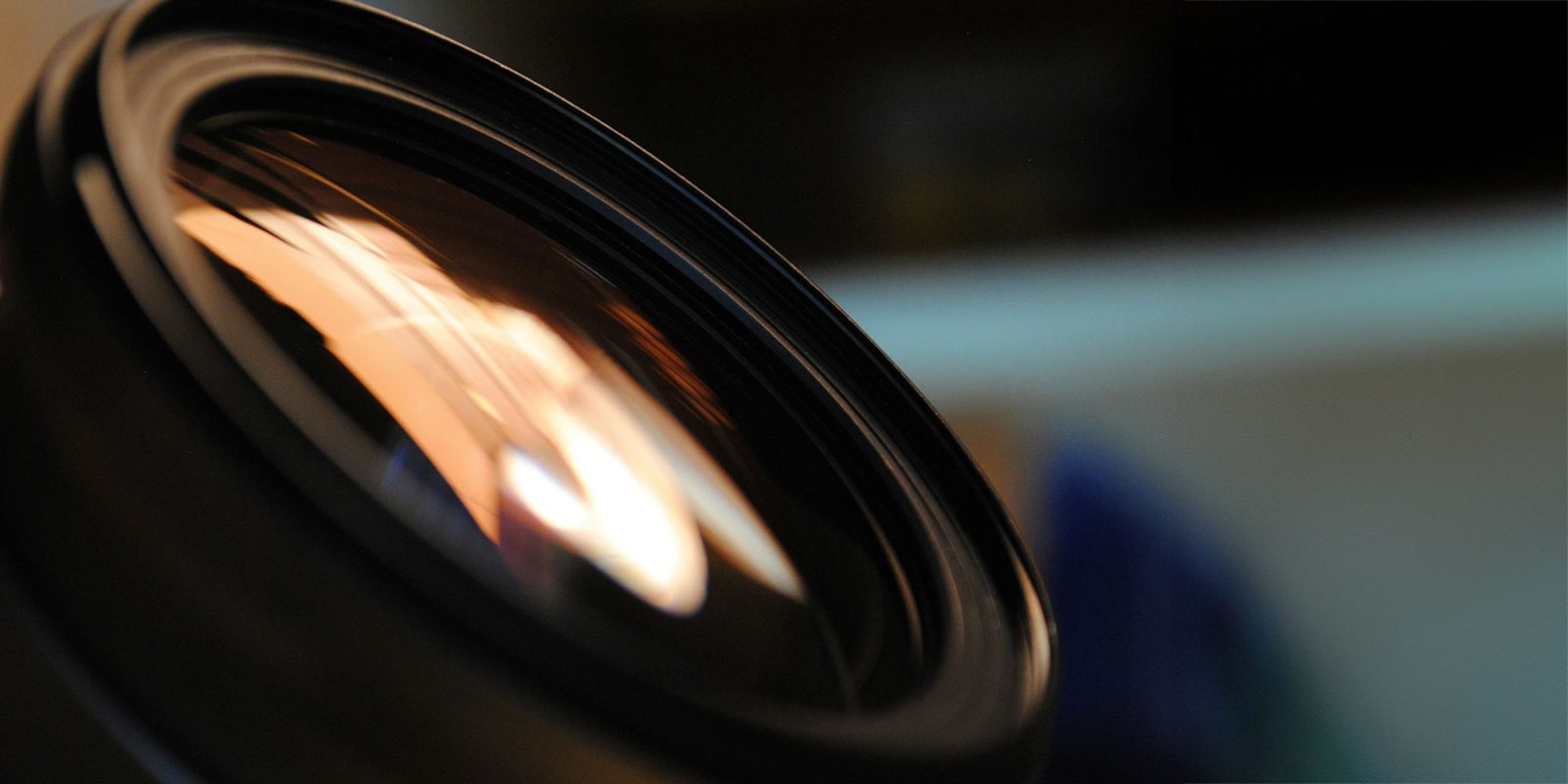
Two leakers, each with enough of a track record to give them some credibility, are clashing over the iPhone 17 camera layout.
The first says that the iPhone 17 Pro will adopt a horizontal layout in a module with a similar shape to the Dynamic Island, while the other says that the design of the camera module is indeed changing but the triangular arrangement remains …
Weibo user Digital chat station last week posted a render of a camera module with three lenses positioned side-by-side within a horizontal camera module bar with rounded ends. While this is merely a visualization of the layout, rather than any kind of leaked image, they said that the iPhone 17 “has indeed been changed to this design.”
They posted this render as an illustration:

They previously posted accurate leaks about the telephoto lens coming to the iPhone 16 Pro (previously exclusive to the iPhone 15 Pro Max), and the larger sensor size in the main camera this year.
But Instant Digital, whose accurate leaks include the yellow iPhone 14 and the landscape front-facing camera on this year’s iPad Air, disputes this.
My source told me that the appearance of the back has indeed changed, but the layout of the three cameras is still triangular, not the horizontal bar spread on the Internet now.
They didn’t provide any specifics on the nature of the change.
9to5Mac’s Take
I noted last time one aspect of the claimed horizontal layout which didn’t make sense to me:
We’ve seen other horizontal camera arrangements, with some commenters pointing to Chinese brand Meizu as an early adopter, though in that case the lenses are in line vertically rather than horizontally – which actually seems to make more sense to me given that most photos and video are shot in landscape mode.
We’d normally want spatial video to be in landscape format, so a vertical layout – which would place the cameras side-by-side when the phone is held horizontally – would be more likely.
But the clash illustrates the difficulty of using supply-chain sources to predict Apple’s plans, and there are many reasons they can prove inaccurate.
Apple will often toy with different ideas, and may talk to different suppliers about these, for example to discuss the likely manufacturing feasibility of a particular concept.
The company may ask suppliers to provide samples of components which might point in a particular direction, but which are not subsequently ordered for production.
Apple likely even uses deliberate misdirection on occasion to disguise planned moves, aiming for leaks which suggest one thing while the real plan is something else entirely.
Photo by Jose Castillo on Unsplash
FTC: We use income earning auto affiliate links. More.





